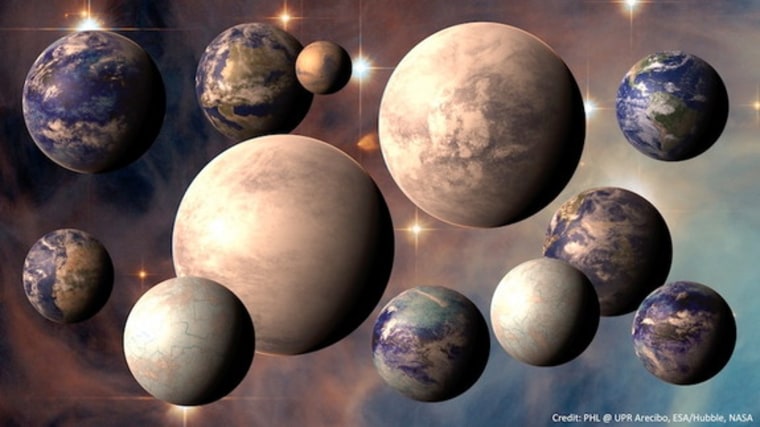TORONTO — An alien signal could take many forms. From radio to light, and even genetic manipulation only visible in DNA, extraterrestrial communication could be extremely diverse.
Whatever method aliens use to communicate, scientists at the Toronto Science Festival on Sept. 29 said they want to be ready for it. Staying ready means keeping on top of new technologies as they are introduced.
One example comes from Shelley Wright, an astronomer at the University of Toronto. Wright is building a near-infrared optical detector for use in the search for extraterrestrial intelligence (SETI). The device is designed to look for very short laser light pulses in space. These brief flashes could be thousands of times brighter than a typical star, making them excellent beacons, she said. [13 Ways to Hunt Intelligent Aliens]
"We've had 40 years of radio searching and a decade of optical SETI," Wright said at the panel. "We're asking how to take this further, in different directions. What are we not thinking of?"
Only a glassful of observations
The first SETI search took place between April and July of 1960, when radio astronomer Frank Drake's team pointed a National Radio Astronomy Observatory telescope at the sky for six hours each day. The team was searching for pulses in the 21-centimeter emission range. While Drake found nothing coming from outside of the planet, his technique sparked decades of observations of radio signals.

That search continues today. In the past decade, optical searchers have also contributed to research seeking out intelligent life beyond Earth. Those efforts, although frequent, have sampled only a tiny bit of the sky. If the sky's volume were equivalent to that of Earth's oceans, researchers would have only sampled one 8-ounce glass of water using all wavelengths so far, said retired SETI astronomer Jill Tarter.
"We've hardly begun to search, and what's left to be done — you just can't underestimate the significance of that search," she said.
"But the good thing is that the technology is not increasing lineally. It's increasing exponentially, and with an exponential (curve), the good stuff comes at the end. That last doubling is doing as much as everything else as you've ever done. It's not discouraging. It's exciting."
Communicating across large distances
Astronomy's biggest discoveries are now coming in the form of planets, Wright said. While astronomers are still on the hunt for a second Earth, she said, the range of planets coming to light indicates that microbial life is more and more likely in other areas. Intelligent extraterrestrial life, however, is another search entirely.
"This development in astronomy, where we may be able to look at a planet far away and say that looks alive, with it will come a challenge," said York University anthropologist Kathryn Denning, who participated in the panel by phone.
"We won't be able to send direct instrumentation to go there and look at and see that particular life forms are there. We'll just be able to look at the planet and say it looks alive."
Some astronomers are also asking what kind of message Earth itself can send into space. The Voyager 1 and 2 "golden records" were one example, but Tarter said they only portrayed the positive side of Earth: no warfare, no hunger and no disease.
To try again, Tarter cited a new campaign to allocate computer space on the Pluto-bound New Horizons spacecraft. The initiative, if it is successful would see a message from humanity crowdsourced from the masses and then placed into storage on New Horizons' hard drive as a message in a bottle for any aliens that come across it. Tarter added that the message would be placed on the computer after the spacecraft's primary mission is complete..
"It's another opportunity to talk among ourselves, across the planet, about who we are and what our future will be," Tarter said.
Follow Elizabeth Howell @howellspace, or Space.com @Spacedotcom. We're also on Facebook and Google+. Original article on Space.com.
- 9 Exoplanets That Could Host Alien Life
- Ten Alien Encounters Debunked
- The Strangest Alien Planets (Gallery)
